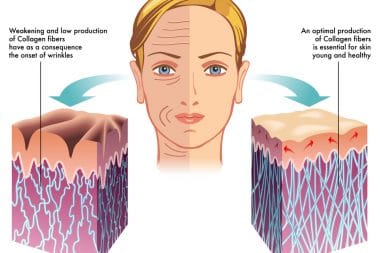As a man, you spend a lot of your time in discussion with other men. These discussions focus on personal topics like depression, poor libido, unexplained weight gain, low muscle tissue, and of course, erectile dysfunction (ED). What you may not know is all of these symptoms and signs are linked to low testosterone “T” levels. What are the underlying causes of below-average testosterone levels? Who is impacted by low testosterone “T” levels? How is lower than normal T levels diagnosed? What are my options? Find the answers to all of these questions in the article below.
Conditions That Target Only Males
Like females, males are plagued by unique medical issues, such as permanent hair loss “male-patterned baldness”, male incontinence, prostate cancer, and “erectile dysfunction”. Males and their female counterparts also share more than a few diagnoses like heart attack, high cholesterol “hyperlipidemia”, higher than normal blood pressure “hypertension”, and stroke.
While all medical issues are important, some are not as impacting to men as low testosterone. This condition has been scientifically linked to aging, adrenal gland malfunction, and testicle injuries. There are also cases where doctors are unable to determine the true causes. Hopefully, this does not apply to your case because knowing the case is just one big step in resolving the issue.
Men need to be aware of any and all potential health risks. They also need to know their family history, especially on their father’s side of your family. In any case, being high-risk for any male-targeted condition can plague your mind for your entire life. Fortunately, there are things than can be done to effectively decrease these risks. But, first, you must know the ins and outs of your family medical risks. With this information in-hand and the help of a primary care physician, you will be successful in lower these risks by making a few adjustments in lifestyle.
Low Testosterone — What Are The Culprits?
There are several common factors that have been scientifically linked to below-normal testosterone. These factors include your age, lifestyle habits, sex life behavior, medical history, medication routine, and history of a testicle injury. If one or more of these factors apply to your case, they very well could be culprits behind your low “T” testosterone levels. If these do not apply to your case, you may need to undergo a head-to-toe medical examination. In any case, it would not hurt to have your primary care physician to examine your body from top to bottom.
Men with a history of testicle injuries are probably going to experience low testosterone at some point in their lives. Being prepared will definitely help in the long run. And, the same thing, goes for men who have been treated for some type of cancer treated with radiation therapy and/or chemotherapy. These men are probably going to struggle to keep their testosterone at optimum levels. You can speak with your radiologist about these concerns before opting to undergo radiation therapy or chemotherapy.
Methods Utilized To Pinpoint Low Testosterone “T” Levels
There are several techniques primary care physicians utilize to detect low testosterone. The first method involves a collection of symptoms. The second method involves testosterone testing, which calls for a blood (serum) sample. Your primary care physician will discuss your symptoms and explain the importance of a “serum testosterone test.”
This is a simplistic test that only takes a few minutes to complete. A laboratory technician with collect a blood sample from you. If the proper laboratory equipment is no on-hand, your blood sample will be sent to a local hospital or medical clinic.
The experts at National HRT recommend testing testosterone levels early in the morning because this is the peak time.
Men Who Participate In Combat Sports Should Be Concerned
Mentioned previously, testicle injuries can develop into temporary or permanent testosterone problems. Men who participate in combat sports, such as mixed martial arts (judo, taekwondo, karate, and Jiu-Jitsu) and boxing are always at a higher risk of developing low T levels sooner than later. Why do combat sports increase your odds of getting low testosterone levels at some point in time?
Combat sports are notorious for mishaps, such as eye pokes and below-the-belt blows. It is very common for fighters to hit each other accidentally in the testicles during competitions. Regardless if you wear a groin protector or not, testicle injuries are real.
This is why combat sportsmen are at a higher risk of developing low testosterone than other athletes. If you get hit in the testicles, it is crucial to follow up with a medical exam. Most combat sports organizations keep medical experts on-hand during competitions for this very reason. If you are experiencing any pain related to a testicle injury, the on-call physician should be made aware as soon as possible. Do not continue fighting without undergoing a quick exam, even if it means tapping out.
What Is Considered Low “T” Testosterone Laboratory Values?
Medical doctors utilize a graph created by experts to evaluate your “T” levels. Levels just a little below 300 are considered to be lower than normal. If your testosterone “T” levels are just below the norm, your general practitioner may prescribe supplementary testosterone IM shots, which must be repeated continuously throughout the rest of your life.








Reply